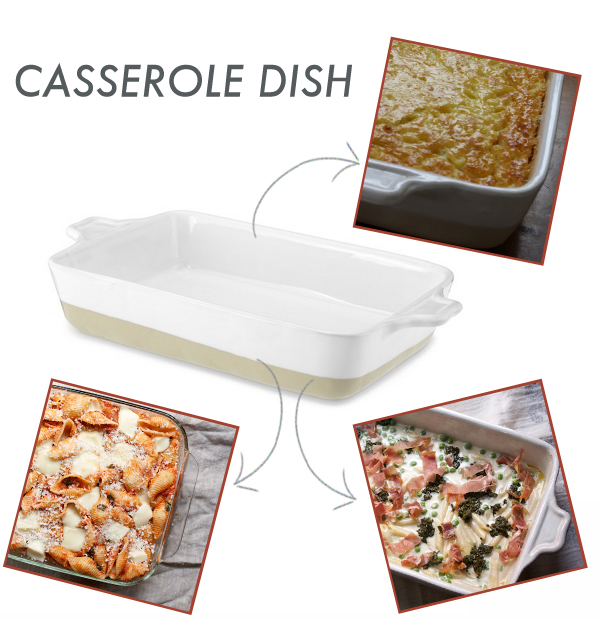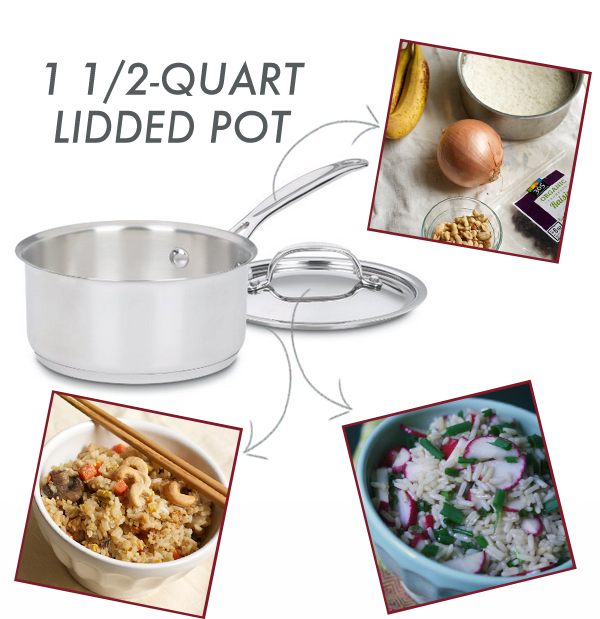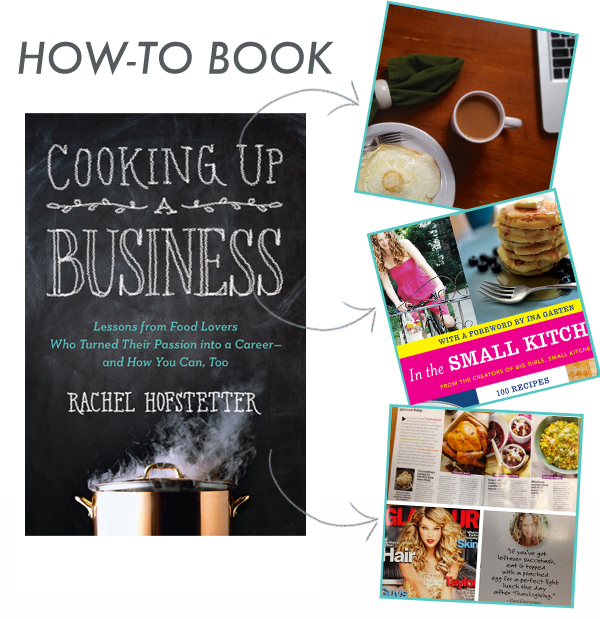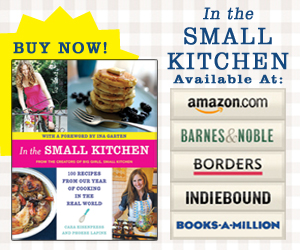Giveaway now closed. Thanks for entering! - C, 12/23/13
In a small kitchen, you don’t need a lot of equipment to cook great food. Still, you do need some pots, pans, utensils, and dishes–obviously. In the BGSK book, you’ll find a bare bones list of necessary tools, but I’ve long wanted to bring you a similar resource on the web.
So we’re going one by one, stocking up our virtual pantries and maybe our real ones too.
Most of the items in this series are actual pieces of cooking equipment, food processors and pasta servers and mixing bowls and such. Today, though, I want to talk about a book, Rachel Hofstetter’s Cooking Up A Business.
If you’re the type whose cookies and granola always garner comments like, “You could totally sell these,” then this book is for you. In it, Rachel profiles the founders of food companies who made it work, who did market research and baked hundreds of test batches and negotiated shelf space at grocery stores and figured out how to package and scale and ship and market-and do it all again the next day, until they found success. She also distills practical lessons from the founders’ stories, which make this as much a how-to book as an entertaining read.
Even though I don’t sell actual food in my business, I loved the sections about how founders reacted and met challenges and worked crazy hard to understand their markets, clients, and vendors. If you-or someone you need to give a gift to this season-are interested in food, business, or both, I think you’ll find a lot here to intrigue you!
(In the template I use for these posts, I usually paste in three recipes that you can make with the piece of equipment I’m featuring. Today, we’re a little more abstract-three different ways I’ve built BGSK into a business. Top to bottom, that’s 1) working over breakfast; 2) writing a book; 3) pitching and writing freelance pieces.)
And: I’m so happy to be giving away one copy of the book to a lucky reader! You’ll also get a gift package from the creators in the book, which includes lots of granola, chocolate, gummy candy, popchips, and more (at least a $50 value!).
To enter:
{one} Leave a comment below and tell Rachel and me about your dream business-the company you’d start tomorrow if there were nothing holding you back. Maybe it’s food, maybe not!
{two} Tell your facebook friends and/or twitter fans about the contest – post the link and tag @Big Girls Small Kitchen and @Cooking Up a Business (facebook) or @BGSK and @rachelhoffy (twitter). Leave a comment letting me know you’ve done so for a second chance to win.





























